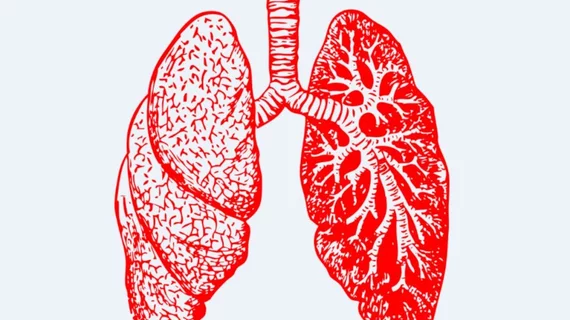MR angiography (MRA) is a relatively new alternative to CT angiography (CTA) for the evaluation of suspected pulmonary embolism (PE) and it even has one major advantage over CTA: it does not expose patients to ionizing radiation.
So, considering today’s era of value-based care, are physicians choosing MRA over CTA? And does one modality affect downstream imaging utilization more than the other? That’s precisely what the authors of a new study published in the Journal of the American College of Radiology wanted to find out.
“Patients evaluated for PE frequently have repeat visits for similar complaints,” wrote lead author Michael D. Repplinger, MD, PhD, University of Wisconsin-Madison, and colleagues. “One might posit that because MRA does not expose patients to ionizing radiation, physicians may order it more often, particularly in those patients who have previously undergone MRA. Understanding whether the chosen initial imaging modality affects subsequent imaging utilization will be of particular importance when calculating the cost-effectiveness of imaging algorithms for PE evaluation.”
The authors studied data from 717 emergency department patients who underwent MRA or CTA to evaluate for PE and had a negative result from April 2008 to March 2013 at the same facility. While 430 of those patients underwent MRA, 287 underwent CTA.
There was no significant difference in downstream imaging utilization after one year for the two modalities. While more than 16 percent of MRA patients underwent subsequent imaging, more than 15 percent of CTA patients underwent subsequent imaging.
Meanwhile, the mean radiation dose per patient after one year was 9.82 mSv for patients initially undergoing CTA and 2.92 mSv for patients initially undergoing MRA, showing the impact of the ionizing radiation exposure associated with CTA.
“The subject of repeated CTA examinations for the evaluation of PE and resultant radiation exposure is concerning,” the authors wrote.
Finally, the authors found that 85 percent of subsequent scans were CTA, which “may indicate physician preference for CTA over MRA” or just mean that physicians were not aware MRA was available to them for evaluating suspected PE.

